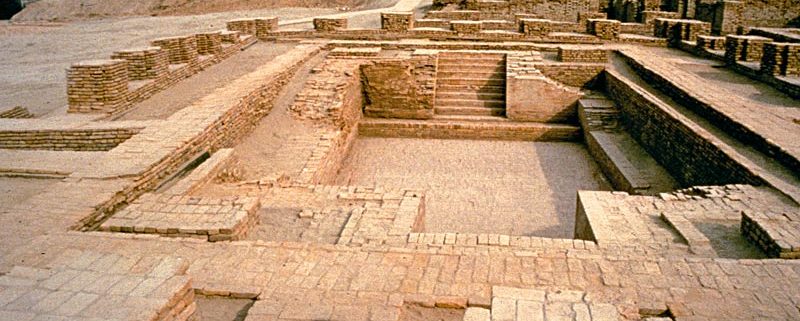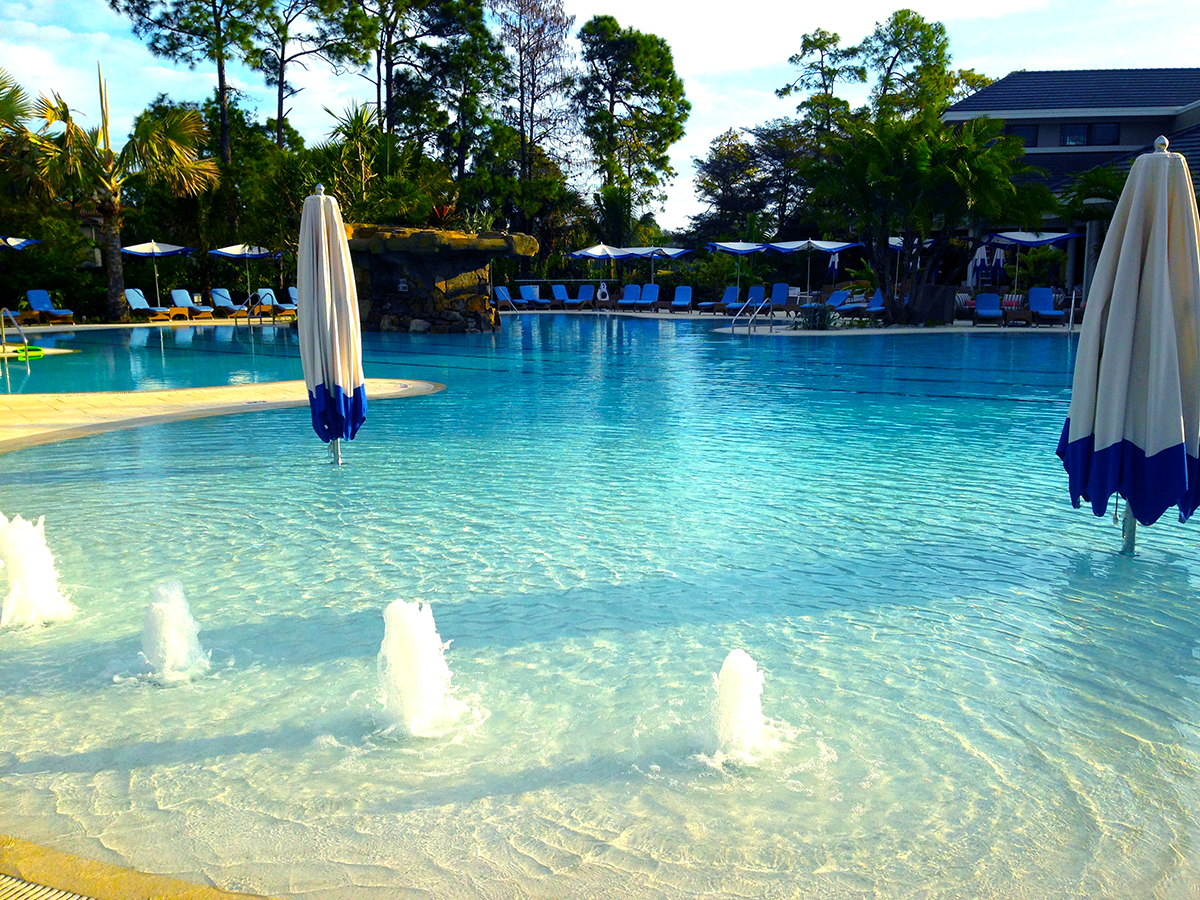The History of Swimming Pools
Have you ever wondered how swimming pools came to be? You may be surprised to know that the first known swimming pool dates back almost 5,000 years. What we know today as swimming pools didn’t really become popular until after the first Olympic games in 1896.
When pools first started being built, they were actually meant for communal bathing. Keep in mind, this was a time before indoor plumbing, and human concern for overall cleanliness was not necessarily a priority (unless of course, you were a part of richer communities.)
Remember, we’re talking about pools here, not the activity of swimming as a whole. Some sources say the first pools were created by Romans, and they and the Greeks would use the pools to teach young boys how to swim.
Other sources point out that it’s highly probable that some pools were used for religious rituals and renewals.
The earliest known pool is called “The Great Bath of Mohenjo-Daro”, which is in modern day Pakistan, and measured 24 feet long, 23 feet wide, and 8 feet deep. It’s actually called a ‘water tank’ and it was an architecture win in terms of how tightly the bricks were laid together to assure water tightness. They also utilized various materials, such as a form of natural tar, to ensure the tank could handle holding water. The layout of the pool included sections where people could walk without being fully submerged, much like some pools have today. However, back then since swimming wasn’t a common skill, most people would lounge on the edges of the pool.
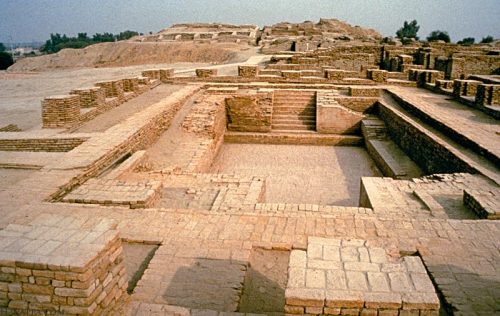
Fast forward a bit and pools were seen around areas people used to practice sports or train. Some wealthy individuals had pools built for relaxation and entertainment.
In 1839, Oxford installed the first swimming pool intended for recreational use at Temple Crowley. This quickly increased in popularity and sparked the beginning of various uses for swimming, as an activity, and for pools in general. From an educational perspective, universities began building pools for teams and clubs. As an activity, recreational centers and gyms began adding pools to allow for associations and clubs, which soon lead to the utilization of the pool for fitness and wellness programs.
In 1896, the first modern Olympic games were held in Athens, Greece. With swimming as one of the main competitive sports, the swimming industry’s popularity took off.
One of the world’s first above ground pools was in the United States, at the Racquet Club of Philadelphia clubhouse. Around this time, a lot of swimming pools were being built across America for various reasons, but for about a decade they were mostly for specific clubs or groups.
Then, in 1917 Texas built the first municipal pool, Deep Eddy Pool, in Austin. For the previous two years, the ‘pool’ was a swimming hole in the Colorado River, surrounded by boulders creating an eddy, hence the name. Once the land around it was purchased, the concrete pool was built. Though the pool is actually still in use today, the pool has experienced a fair share of ups and downs. In 1935, a massive flood essentially destroyed the pool and the land, and the pool was repaired and reopened the following year. Fun fact: It is considered a historical landmark!
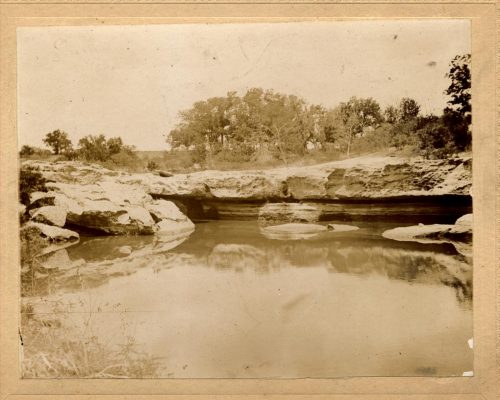
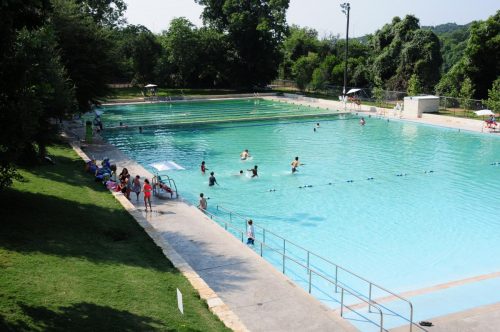
Fast forward through several milestones in the swimming world, such as two-piece swimsuits being introduced in 1943, popular athletes gaining notoriety, and schools nationwide incorporating swim teams, you can see how having a swimming pool at your home became popular rather quickly.
Much like with everything else in our society, as technology advances and materials become more accessible, the cost of installing a custom pool that fits your style is much more affordable.
Ready to add a swimming pool to your home? Contact us today for a quote!

